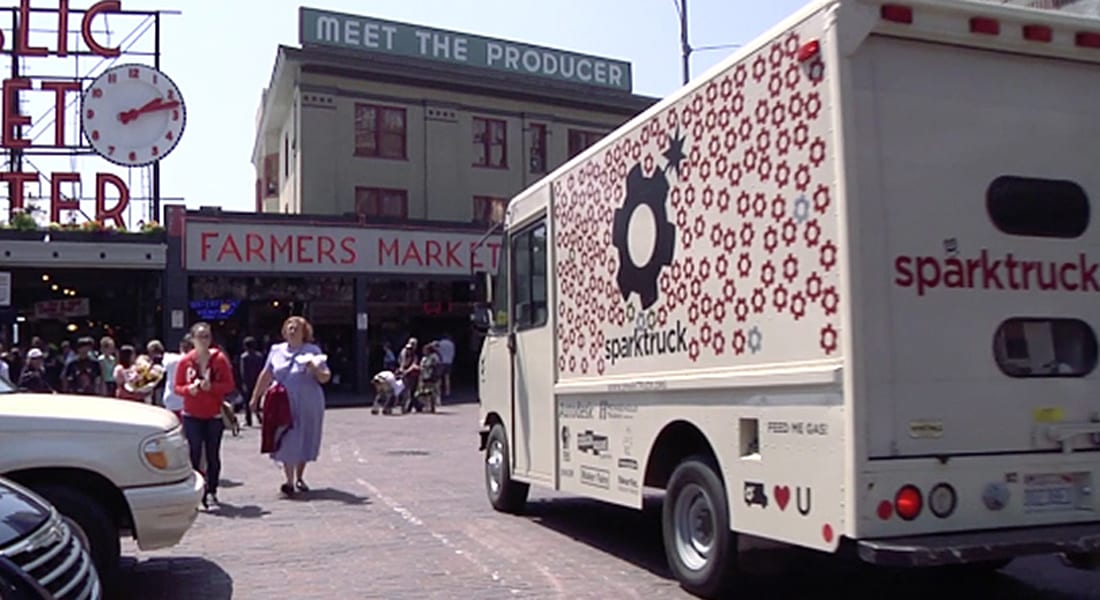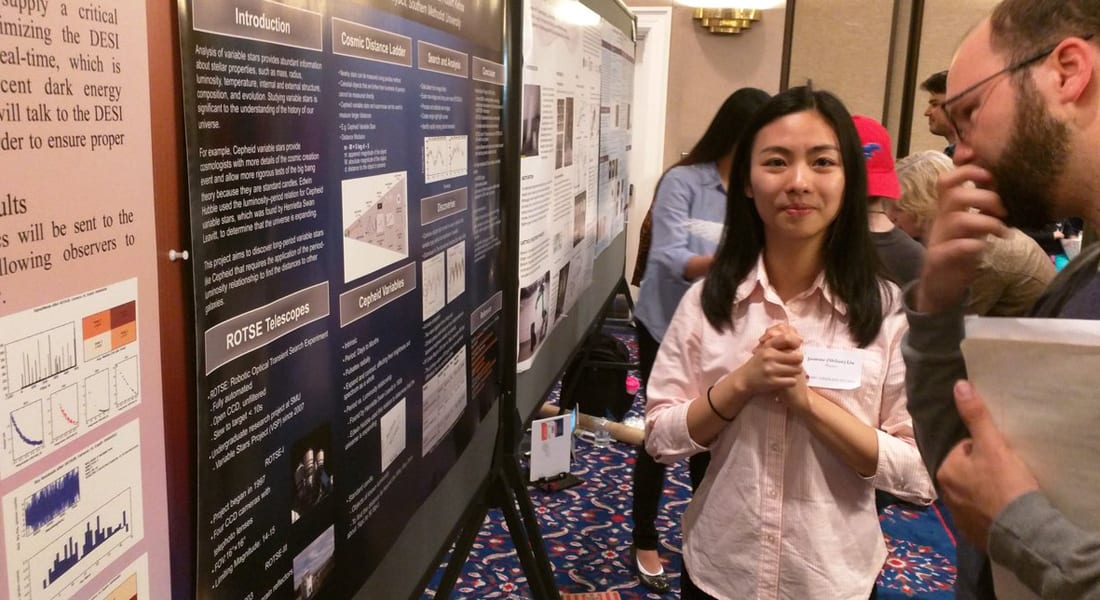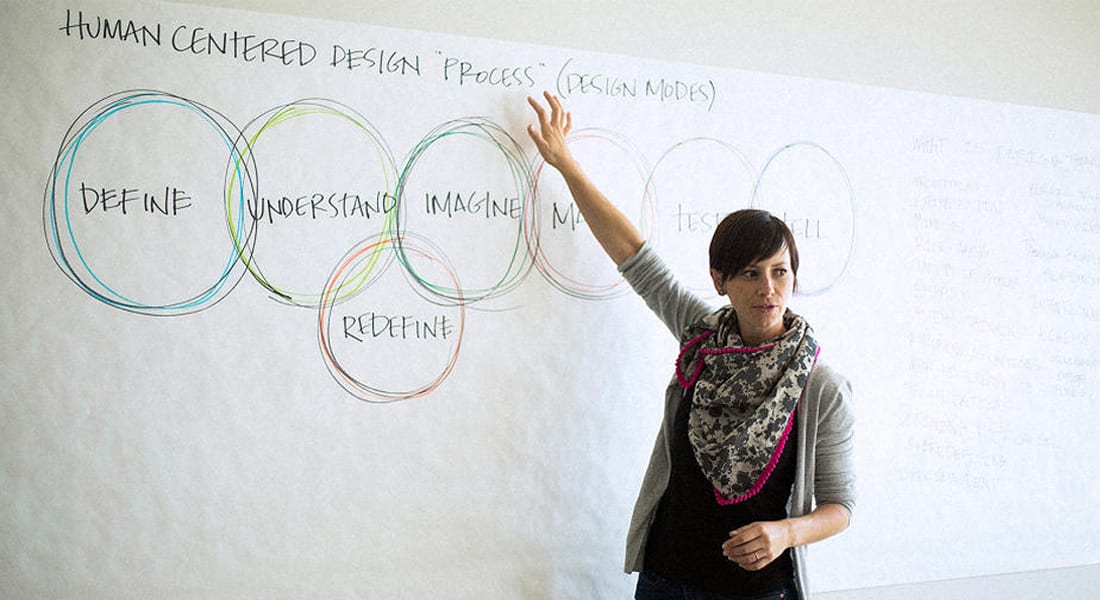The big, boxy California transplant is being adopted by Southern Methodist University and will be retooled for Texas to help teachers fuel the creative spark in students.
Reporter Dave Moore with Dallas Innovates interviewed Katie Krummeck, director of SMU’s Deason Innovation Gym in the Lyle School of Engineering, and Rob Rouse, clinical assistant professor in the Department of Teaching & Learning of Simmons School about their collaboration in design-based learning environments.
The School of Engineering and SMU’s Annette Caldwell Simmons School of Education and Human Development are building a dedicated place for students to adopt a “maker-based approach” to education.
The Dallas Innovates article, “Mobile Makerspace Once Known as SparkTruck Rolls Into Town,” published May 19, 2017.
EXCERPT:
By Dave Moore
Dallas Innovates
You might call it a maker truck in the making, and it’s about to hit the streets of Dallas to promote the maker movement to teachers and students alike.Formerly called the SparkTruck, Southern Methodist University adopted the vehicle from Stanford University in California where it resided for the past five years.
The truck made a cross-country journey to Dallas where SMU students will redesign it, inside and out, to make it a teaching tool to help K-12 teachers to inspire and to pursue professional development through innovation.
“This big truck is a kind of rolling ambassador for the maker movement,” said Katie Krummeck, director of SMU’s Deason Innovation Gym. “If you’re not familiar with it, the maker movement is all about sharing creative challenges with people from very different backgrounds to build things.“
Krummeck said the truck will be a big boost in maker education.
“The explosion in easily available digital tools and software is fueling the fire, and it turns out that this kind of hands-on maker-based instruction is a great way to engage students in whatever subject they are learning,” she said.
SMU students will retrofit the truck to ensure that its educational mission is supported by things such as workflow, storage, and comfort.
During its journey from California, the truck carried this message on its side: “This is not a maker truck” — yet.
Krummeck is familiar with the truck. She managed the SparkTruck program at Stanford before coming to SMU in 2015.
“We’re going to develop teaching frameworks, open-source curriculum, tools, and resources as well as some really engaging professional development opportunities for educators,” Krummeck said in a release. “And we’re going to deliver these resources and experiences out of the back of this mobile makerspace. We’ll know what to call it after our students put their heads together during the design challenge we have planned for May 22-26.”




